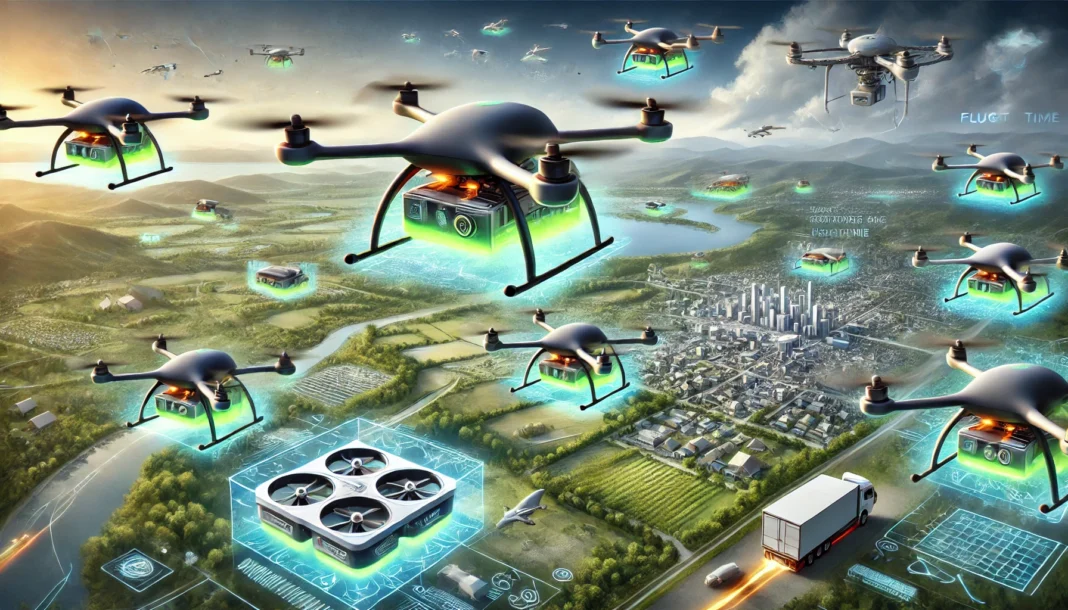Who ever thought that trash bins could consume the trash dumped in them? Well, Leon Hayes, the originator and manager of Solar Bins Australia, has made this dream a reality. After discovering how seriously neglected the local garbage industry is, and that waste management hasn’t changed much, Leon Hayes had to do something.
According to Hayes, waste bins of any size, including the 240-liter bin, were so neglected that no one noticed when they were full and needed to be picked.
It is this problem that the Haye’s BigBelly Solar Bins sought to eliminate. Mr. Hayes innovative idea is the one that brought Australia’s waste handling into the current century. Queensland’s Noosa Head will receive its first trial self-compacting bins this week. However, twenty-three regions across the nation are already using them.
READ ALSO: Europe’s Largest Onshore Wind Power Project Will Be Built in Norway
Joe Jurisevic, Noosa Shire Councillor, spoke of how the BigBelly big would minimise the number of times the trash vehicles would run the Hastings Street. Additionally, Jurisevic said that this bin can be converted into Wi-Fi spots, allowing the garbage collector to see how much waste is in the bin and when it will be ready for collection.

Although Jurisevic agrees that the BigBelly idea will reduce employment, he notes that it is a very inventive step for Noosa. Moreover, he admits that the initial cost of deploying the bins might be big but he believes that it will all be recovered over the lifespan of the bin.
This waste bin will reduce the waste collection cycles.
So far the truck collections are just once or twice a week, a reduction from seven to ten collections per week. Fewer trucks on the road mean that fewer carbon emissions are being generated and less gasoline is being spent. Tony Haslam, Noosa Integrated Catchment Association president, is among the many environmentalists who have embraced the new technology.









